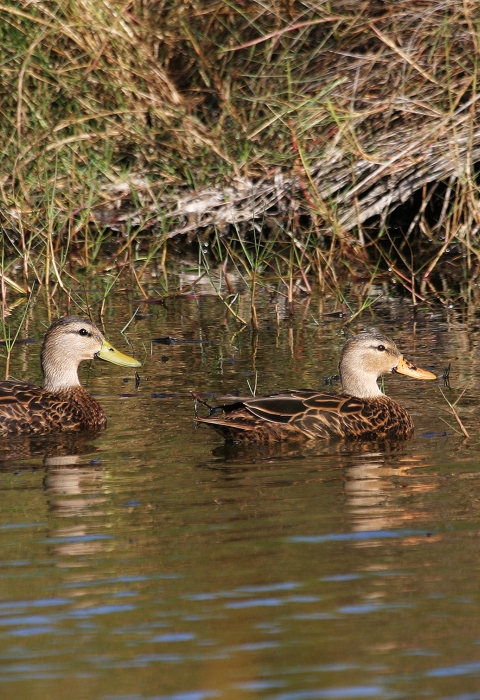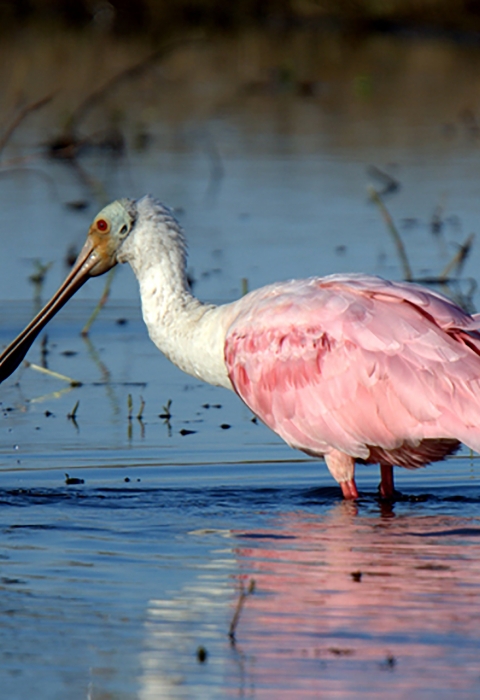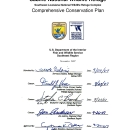What We Do
Conservation Tools
- Conduct a hydrology feasibility study to determine how best to manage Unit 3, post-Hurricane Rita. Use engineering studies and recommendations from experts to determine the best course of action for this unit.
- Apply drawdown procedures to Units (impoundments) 1A and 1B. Drawdowns should occur on two to five-year rotations for Units 1A and 1B and to alternate manipulations between units. Drawdown timing should also coincide with drought conditions to improve success.
- Replace 5 water control structures at Units 1A, 1B, and 3.
- Monitoring and evaluation of plant response to management practices should be conducted.
- As other habitats are restored, evaluate need for impoundments and whether or not they still serve an important function on the refuge.
- Use prescribed fire, wildland fire, and salt water as agents of disturbance.
- Manage water levels for optimal utilization for fish and wildlife with primary management actions oriented for the primary purpose for which the refuge was established (migratory birds). An adaptive management strategy will be applied to achieve this end.
- Within five years of CCP approval, write an adaptive water management plan.
- Protect all marshes from excessive saltwater intrusion and fragmentation.
- Monitor and inventory any changes attributed to sea level rise.
Management and Conservation
Habitat Restoration: The Calcasieu Ship Channel that borders Sabine Refuge to the east is dredged on a two-year cycle to allow for large ship passage to the Port of Lake Charles.
Our Services
Hunting
Public waterfowl hunting is permitted on approximately 34,000 acres of the refuge during state-determined teal duck and coastal zone waterfowl seasons. The refuge hosts 3,000 to 4,000 hunter visits each year. Each refuge hunter must have a signed hunting regulations form!
Fishing
Fishing and crabbing are permitted in designated recreation areas along Highway 27 year round. The Southwest Louisiana National Wildlife Refuge Complex Fishing Regulations brochure is a great tool when planning your fishing trip.
Wildlife Viewing and Photography
In cooperation with the Creole Nature Trail All American Road, the refuge built a roadside 'scenic overlook' beside State Highway 27. This area allows visitors on the refuge to stop and observe coastal marsh habitat and wildlife without having to leave their vehicle. There are also two pedestrian wildlife observation trails on the refuge.


